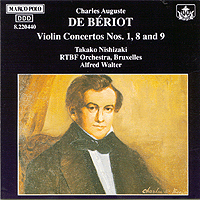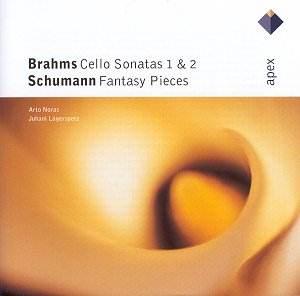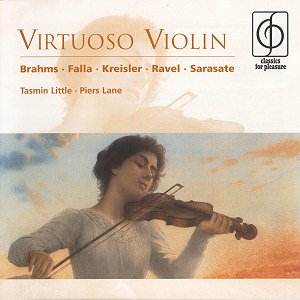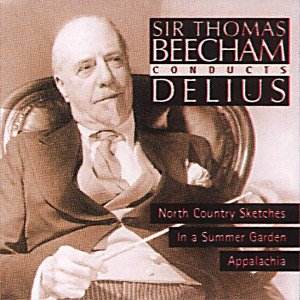 Composer: Christoph Willibald Gluck
Composer: Christoph Willibald Gluck
Works: Italian Arias: Antigono: Berenice, che fai?, La Clemenza di Tito: Tremo fra’ dubbi miei, Ah, taci, barbaro Come potresti, oh Dio!, Se mai senti spirarti sul volto, La Corona: Quel chiaro rio, Ezio: Misera, dove son! Ah! Non sono io che parlo, Il Parnaso confuso, Di questa cetra in seno, La Semiramide riconosciuta: Ciascun siegua il suo stile Maggior follia
Performers: Cecilia Bartoli (mezzo-soprano), Akademie für Alte Musik Berlin, Bernhard Forck (leader)
Recording: Recorded in the Studios of the Deutsches Filmorchester Babelsberg, Berlin, 8 & 11-16.1.2001
Label: DECCA 467 248-2
The allure of Christoph Willibald Gluck’s music lies in its ability to marry dramatic expression with lyrical beauty, a duality that shapes the fabric of his Italian arias. This collection, performed by the inimitable Cecilia Bartoli, explores a repertoire often overshadowed by his more famous works like Orfeo ed Euridice and Alceste. Gluck’s earlier Italian operas, primarily featuring texts from the prolific Metastasio, showcase his pre-reform style, characterized by a fluidity of emotion and a rich tapestry of vocal lines that serve both the drama and the text. Bartoli’s decision to spotlight these lesser-known compositions is not merely an act of artistic bravery but a significant contribution to the revival of Gluck’s operatic heritage.
Bartoli’s interpretation is nothing short of captivating. Her voice, a blend of mezzo-soprano warmth and soprano agility, navigates the intricacies of Gluck’s writing with a unique flair. In Ah, taci, barbaro from La Clemenza di Tito, she embodies the turmoil of the character with an exquisite balance of power and sensitivity. The aria’s climactic moments are punctuated by her precise coloratura, demonstrating her technical prowess while maintaining emotional authenticity. Notably, her approach to the ornamentation throughout the disc, particularly in Quel chiaro rio, reveals a thoughtful engagement with the text. Rather than overwhelming the listener with excessive embellishments, Bartoli’s trills and runs are judiciously executed, enhancing the lyrical line without detracting from the narrative.
The Akademie für Alte Musik Berlin provides a splendid backdrop for Bartoli’s voice, employing period instruments that resonate with a vibrancy and clarity that complements her sound beautifully. Under the leadership of Bernhard Forck, the ensemble navigates the delicate balances inherent in Gluck’s orchestration with a palpable sense of camaraderie and precision. The recording captures the unique timbres of the instruments, allowing the listener to appreciate the rich textures that characterize this music. The interaction between Bartoli and the orchestra is particularly noteworthy in Ciascun siegua il suo stile, where the dialogue between voice and instruments creates a dynamic, almost conversational exchange.
Sound quality is impeccable, with the engineering effectively balancing Bartoli’s voice against the orchestra, ensuring that neither overpowers the other. This clarity is crucial for the listener’s appreciation of Gluck’s intricate writing, where every nuance matters. The thoughtful production also shines through in the physical presentation of the recording, complete with an engaging essay and texts in multiple languages, making it a comprehensive resource for both casual listeners and scholars alike.
While comparisons to other recordings of Gluck’s works may arise, Bartoli’s unique vocal color and interpretive choices set her apart. Previous interpretations may have leaned towards a more conventional approach, but Bartoli’s ability to infuse each aria with her personal artistry elevates the material to new heights. Her singing is both an homage to Gluck’s intentions and a compelling reimagining colored by her distinctive artistry.
This recording emerges as a significant exploration of Gluck’s Italian arias, breathing new life into music that has been largely forgotten. Bartoli’s interpretations, coupled with the Akademie für Alte Musik Berlin’s masterful accompaniment, create an engaging listening experience that resonates on multiple levels. The artistry presented here invites both admiration and contemplation, firmly positioning this disc as an essential addition to any serious collection of operatic recordings. The profound depth of emotion and technical brilliance on display ensures that this work will linger in the memory long after the final notes fade.



